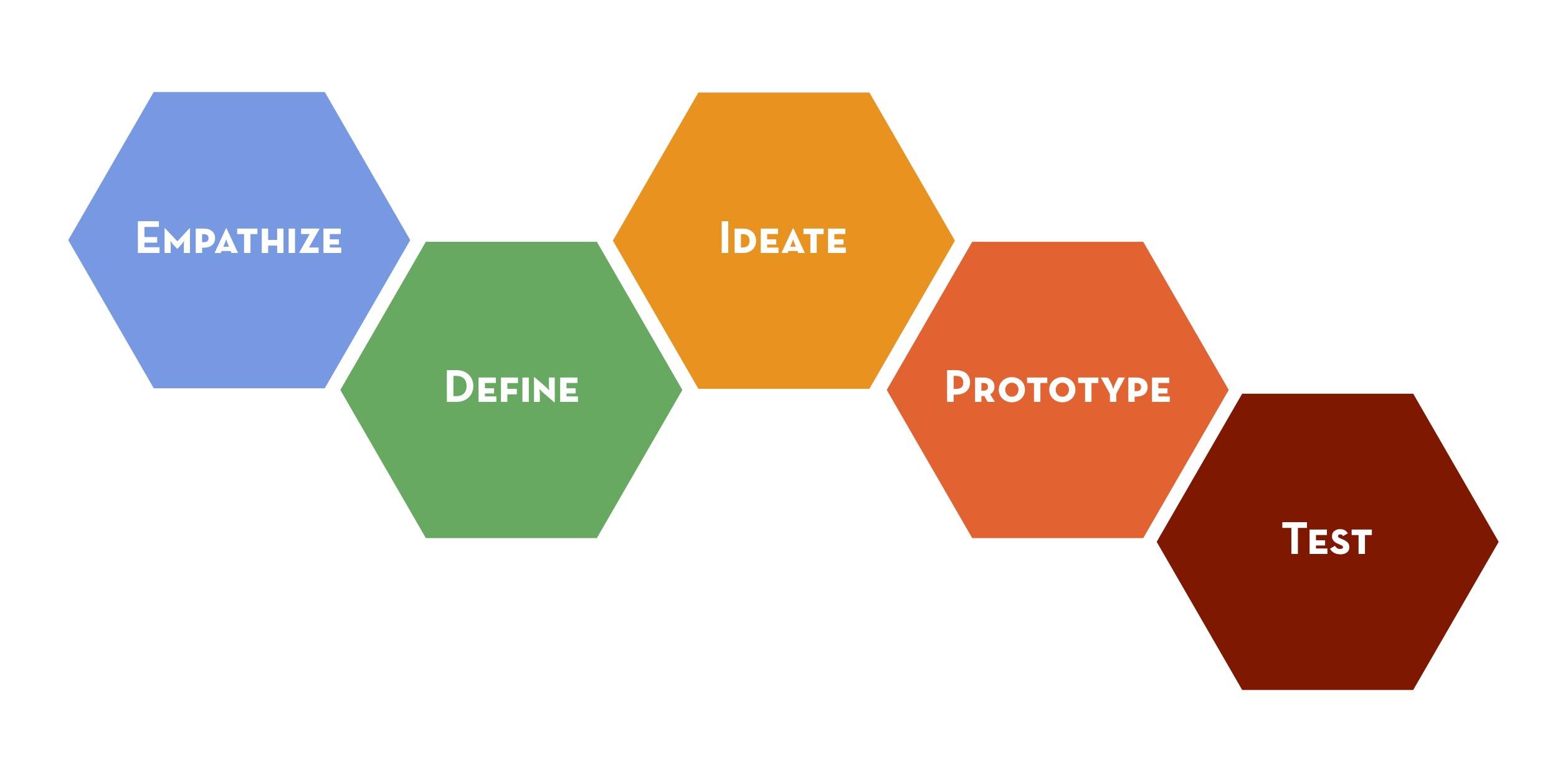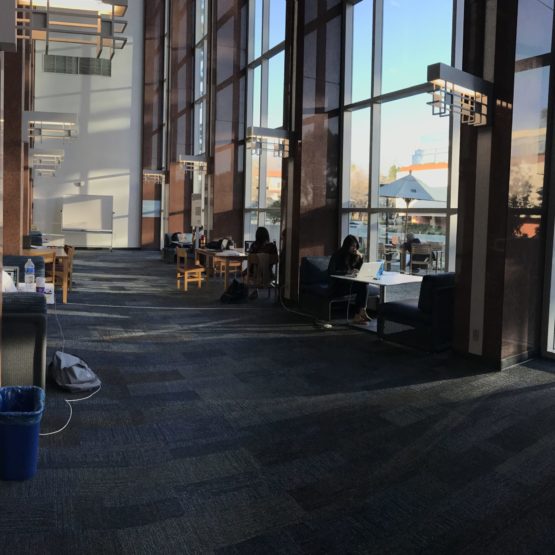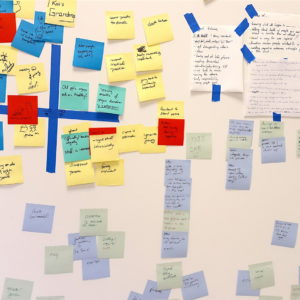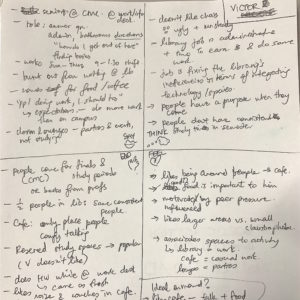Human Centered Design
This engineering course focused on implementing human centered design principles. The course celebrated failure and embracing creativity. Classes were held at the Hive – the creative commons designed for the Claremont Consortium.
An emphasizes was placed on practicing the design process through projects, including:
- Redesigning the personal grooming process
- Improving an aspect of the library experience
- Organ donation – partnered with a nonprofit


Design Ethos
Human centered design is focused on understanding an extreme user of a product very deeply. In understanding and designing for this individual, the needs of many people can be met.
Consider the fruit peeler. When people were considering how to improve this kitchen tool, they focused on those with arthritis and difficulty holding the device. By focusing on this extreme user of the product, they realized that holding these individuals struggled to hold the metal peeler comfortably for extended periods of time. Thus, they developed the more ergonomic grip that we all enjoy now.

Library Experience
In a team of 4, we spent time observing how library users interacted with the space. We choose different spaces and different times of day to observe. From our observations, we conducted interviews with people at the library. We talked to people grabbing a bite at the cafe to student workers at the help desk.
Our initial broad started to narrow as we pulled together common themes from our observations and interviews. One individual had taken a year to find her favorite study spot. She went there every day to get work done. For a worker at the help desk, they often had to help students find the way out of the library.
Our users were finding their perfect spot in the library that suited their needs, but that process took a long time. Navigating the library was a challenge and turn off for many visitors. They would get discouraged before stumbling upon many of the wonders that the library had to offer.
We decided to ideate around this opportunity of growth, showing people what the library had to offer them before they were turned away by the confusing navigation. We thought of how an analogous place like the subway station communicated directions to unfamiliar users.
We created tape paths to direct people to new study locations and harder to find areas in the library. From watching people interact with our prototypes, we improved and created a guidebook that people use to see different areas of the library.
We took our findings and presented them to the Library Architecture and Design team, in charge of deciding how to improve the library space for users.


